
Steady State Economics:
An Interview with Martin Tye
Australasian Regional Representative, Centre for Advancement of Steady State Economics (CASSE)
What is a Steady State Economy?
A Steady State Economy is a mildly fluctuating economy that does not exceed ecological and planetary limits.
A Steady State Economy is not an alternative economic ideology that is centred on endless GDP growth. It is neither capitalism nor communism.
Economic growth, with all of its downsides, is clearly unsustainable in the 21st century. Long-term recession is no panacea either. A steady state economy is the sustainable alternative to perpetual economic growth.
Economic growth was never a magic bullet; it is simply an increase in the production and consumption of goods and services–it can’t possibly lead to a sustainable outcome. In contrast, the steady state economy provides the means for present and future generations to achieve a high quality of life.
In this interview, Palm Oil Detectives speaks with Martin Tye, a representative of the Center for the Advancement of the Steady State Economy (CASSE) in Regional Australia. Martin studies ecological economics and history and passionate about improving the quality of life for current and future generations and restoring wildlife.
The Center for the Advancement of the Steady State Economy (CASSE) was formed in 2003 by conservation biologist, author, speaker and media commentator Brian Czech.
How do we stop the world’s ecosystems from going into a death spiral? A #SteadyState Economy. An interview with @SteadyStateEcon’s Australasian leader @MartinRev21
Tweet









“Somehow, we have come to think the whole purpose of the economy is to grow, yet growth is not a goal or purpose. The pursuit of endless growth is suicidal.”
David Suzuki
The goal of Steady State Economics is to substitute the model of endless GDP growth with a stable and mildly fluctuating economy
The term often refers to a national economy, but ‘Steady State’ economics also be applied to a local, regional, or global economy.
An economy can reach a steady state after a period of growth or after a period of downsizing or degrowth.
#SteadyState Economics calls for everyone to demand a shift from a model of endless GDP growth towards a mildly fluctuating economy that exists in harmony with animals and ecosystems @steadystateecon @martinrev21 #Boycott4Wildlife
Tweet
Economic growth A.K.A. GDP growth encourages wasteful overconsumption and #ecocide. Be a part of the solution, push for a #SteadyState economy and #Boycott4Wildlife the global brands destroying the world @steadystateecon @martinrev21
Tweet
In a #SteadyState economy people would choose to consume materials responsibly, conserving, economising, and recycling where appropriate. This movement is aligned to the #Boycott4Wildlife find out more @steadystateecon @martinrev21
Tweet

A steady state economy may not exceed ecological limits
Photos: Craig Jones Wildlife Photography
A steady state economy entails a population growth and per capita consumption that is stabilised and balanced.
GDP is a solid indicator of economic activity and environmental impact – not well-being. All else equal, the steady state economy is indicated by stabilised, or mildly fluctuating GDP.
Gross Domestic Product (GDP) is not a good indicator of well-being
Economic growth, otherwise known as GDP growth, encourages wasteful overconsumption
In a steady state economy, people consume enough to meet their needs and lead meaningful, joyful lives without undermining the life-support systems of the planet
With a Steady State economy, conspicuous consumption becomes a thing of the past
People choose to consume energy and materials responsibly, conserving, economising, and recycling where appropriate.
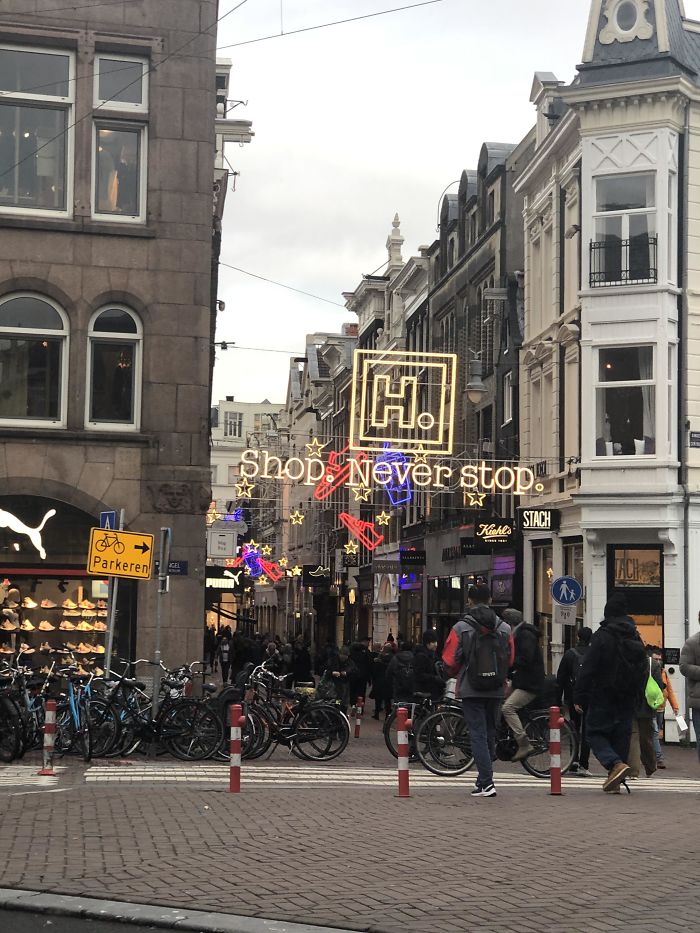
Citizens (yes citizens, not consumers) recognise that the culture of materialism as a bankrupt ideology and a poor path to happiness.
People forget about trying to accumulate evermore stuff, instead focusing on more worthwhile pursuits.
Personal and societal decisions about how much to consume take into account sustainability principles and the needs of future generations.

If the world continues on its current trajectory, in 20 years what will happen doesn’t bear thinking about. Things will get very ugly!
Industrial scale food agriculture is a necessary support to growing economies- all part and parcel of the package, in particular their demand for growing populations (consumers- who need to be fed, so they can buy).
A growing economy consumes natural resources and produces wastes. This results in biodiversity loss, air and water pollution, climate destabilisation, and other major environmental threats.
GDP growth metrics fails to consider the ecological impacts of production, or recognise ecological limits to growth. So ecological pressures continue unabated.


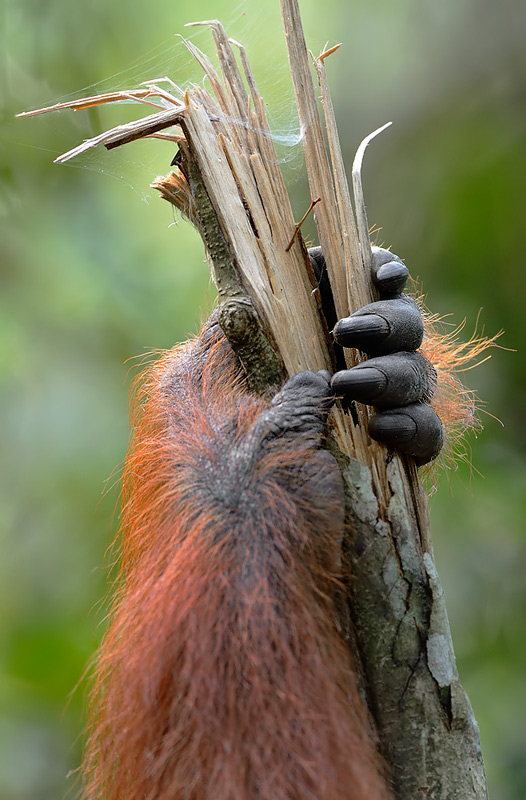
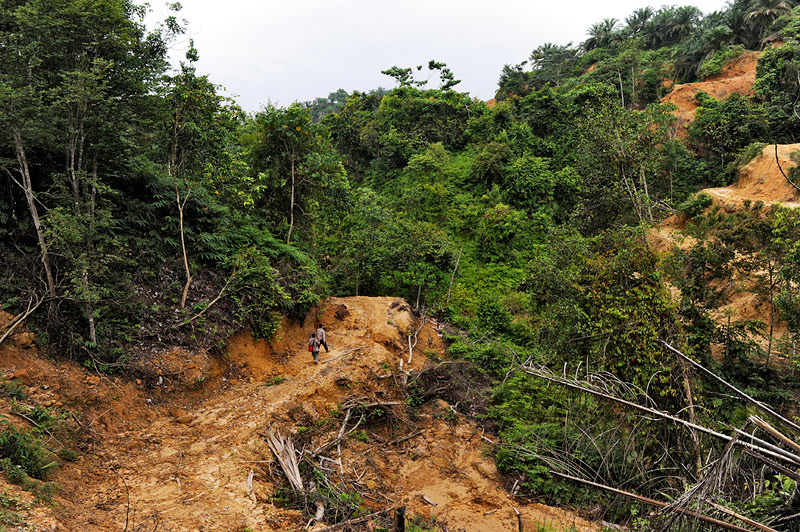


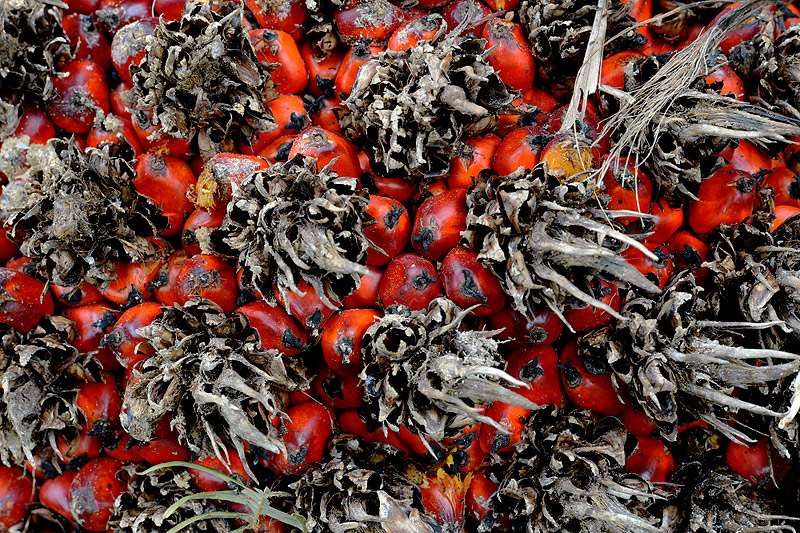
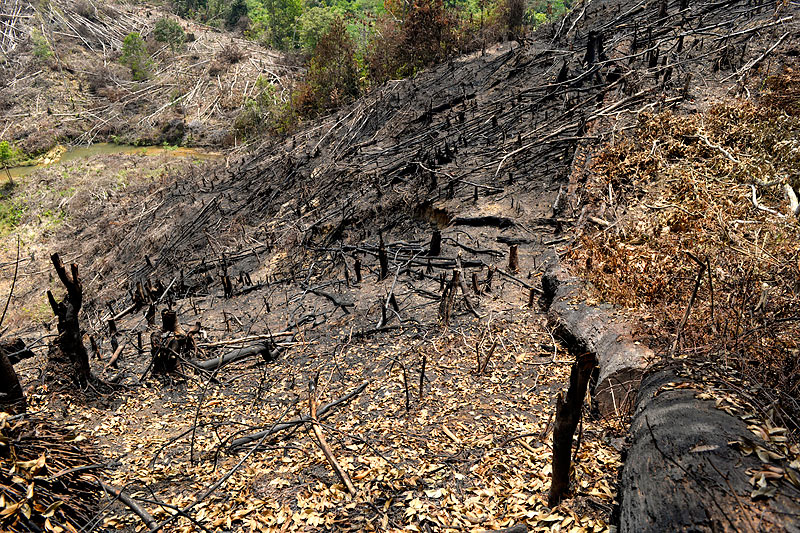
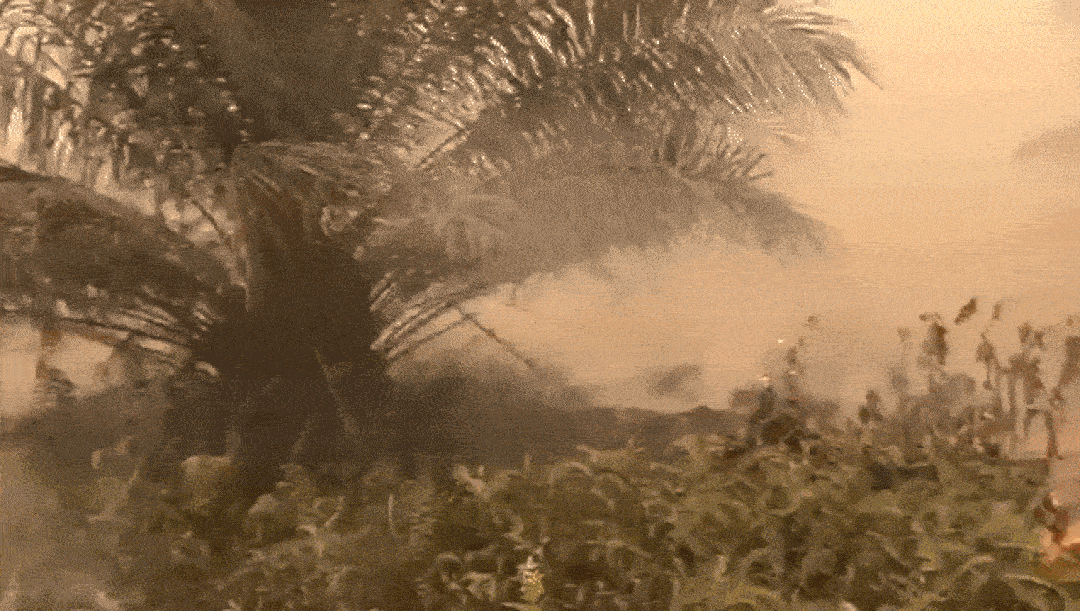
Photos: Craig Jones Wildlife Photography
What would steady state global agriculture look like?
Just as a growth economy tends to impart industrial characteristics to its agricultural systems, a steady state economy tends to impart sustainable characteristics to its agricultural systems.
~ Agriculture in a Steady State Economy
A fixed quantity of food
Such an economy requires a fixed quantity of food. There is no need for constantly increasing the amount of food produced, and there is a calming effect on the landscape – not as much land needs to be in crop-production mode.
Low throughput of energy and materials
In addition to stable population and consumption, a steady state economy features stable and relatively low throughput of energy and materials, a characteristic that applies to the agricultural sector.
Decentralised and local
The best way to achieve sustainable throughput in agricultural systems is to decentralize. Inputs, especially fossil fuel inputs, can be reduced by shifting to local systems of production, distribution and consumption. Agriculture in a Steady State Economy
If the world adopts Steady State model now, in 20 years significant improvements will be visible in the world
Guided by a dashboard of ecological, social and economic progress indicators (GPI’s) we will have begun to re-shape the world.
Ecosystems would have started their recovery, economies would be progressing towards a restructured smaller local and sustainable scale.
As resource pressures ease, so too will international and regional tensions
People will see improved life satisfaction as “well-being” replaces “growth” as a goal.
In this version of the future, the world would be a much happier and positive place than it is today. In this state, human achievement and potential will be maximised.
The Steady State economics model offers goals like sustainability and fairness with the least amount of impingement on individual freedoms.

A steady state economy has four basic principles:
1. Maintain the health of ecosystems and the life-support services they provide.
2. Extract renewable resources like fish and timber at a rate no faster than they can be regenerated.
3. Consume non-renewable resources like fossil fuels and minerals at a rate no faster than they can be replaced by the discovery of renewable substitutes.
4. Deposit wastes in the environment at a rate no faster than they can be safely assimilated.

The Steady Stater Podcast
To explain the concepts of the Steady State Economy, CASSE created a podcast in 2021.
A steady state: The only kind of economy that’s sustainable in the long term
It is an economy that meets people’s needs without undermining the life-support services of the planet.
This will paint a more realistic picture of the state of things, better inform policy and guide the changes they need to make.
The strongest move policy-makers can make is to adopt new performance indicators to replace GDP
People need to understand that “economic growth” is propping up short sighted economic parasites

We see resistance to change in the fossil fuel lobby, the palm oil lobby, meat agriculture, property developers, retail chains etc. Before universally smoking was frowned upon, we saw resistance from the tobacco industry. Before this, slave holders also resisted change.
Martin Tye

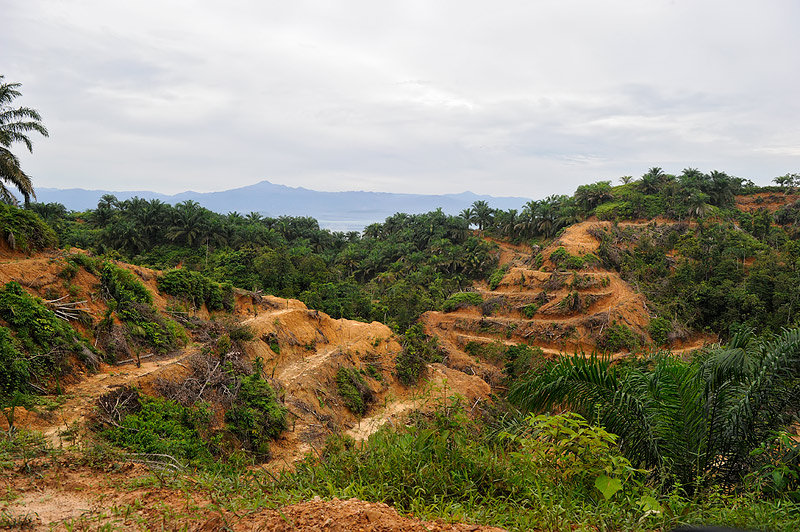
Photos: Craig Jones Wildlife Photography
People power is needed to change the system. The steady state economic model provides the only real solution
Research about boycotts: do they work and why participate in them?
Corporates, certification lobbyists and all individuals with a financial stake in the profitability of corporate entities will naturally decry that boycotts are a waste of time and ineffective. However, is this true? Here is some research Do boycotts work? Answer: Yes…they do indeed! The #Boycott4Wildlife’s 9,000+ people who are passionate animal lovers and defenders of…
Simplicity and non-violence are obviously closely related
As physical resources are limited, people satisfying their needs by means of a modest use of resources are obviously less likely to be at each other’s throats than people depending upon a high rate of use. Equally, people who live in highly self-sufficient local communities are less likely to get involved in large-scale violence than people whose existence depends on world-wide systems of trade. ~ Buddhist Economics By E. F. Schumacher
Activists can take individual action and collective action to effect change
A good example of a collective of researchers, economists, conservationists and activists pushing for change is CASSE: The Centre for Advancement of Steady State Economics.
Good examples of grass-roots, bottom-up collectives include: the #Boycott4Wildlife, Extinction Rebellion, Fridays for Future and the Vegan Land Movement.
Photos: Craig Jones Wildlife Photography
Photography, Art: Craig Jones, PxFuel. CASSE, Pixabay
Words: Martin Tye, CASSE.
Pledge your support to the Steady State Economy
Further reading
Czech, B., and H. Daly. 2004. The steady state economy: what it is, entails, and connotes. Wildlife Society Bulletin 32(2):598-605.
Czech, B. 2019. The trophic theory of money: principles, corollaries, and policy implications. Journal and Proceedings of the Royal Society of New South Wales 152(1):66-81.
Czech, B. 2006. Steady state economy. Encyclopedia of Earth. Eds. Tom Tietenberg et al., National Council for Science and the Environment, Washington, DC.
Czech, B. 2009. Ecological economics, in Encyclopaedia of Life Support Systems. Developed under the auspices of UNESCO-EOLSS Publishers, Oxford, UK (copy compliments of UNESCO).
Czech, B. 2009. The self-sufficient services fallacy. Frontiers in Ecology and the Environment 7(5):240-241.
Czech, B. 2008. Prospects for reconciling the conflict between economic growth and biodiversity conservation with technological progress. Conservation Biology 22(6):1389-1398.
Hardin, Garrett. 1968. “Tragedy of the Commons.” Science, volume 162, pages 1243-1248.
Mill, John Stuart. 1848. “Of the Stationary State,” Book IV, Chapter VI in Principles of Political Economy: With Some of Their Applications to Social Philosophy, J.W. Parker, London, England.
Schumacher, E.F. 1966. “Buddhist Economics” in Guy Wint (ed.), Asia: A Handbook, Anthony Blond Ltd., London, U.K.






6 thoughts on “How do we stop the world’s ecosystems from going into a death spiral? A #SteadyState Economy”